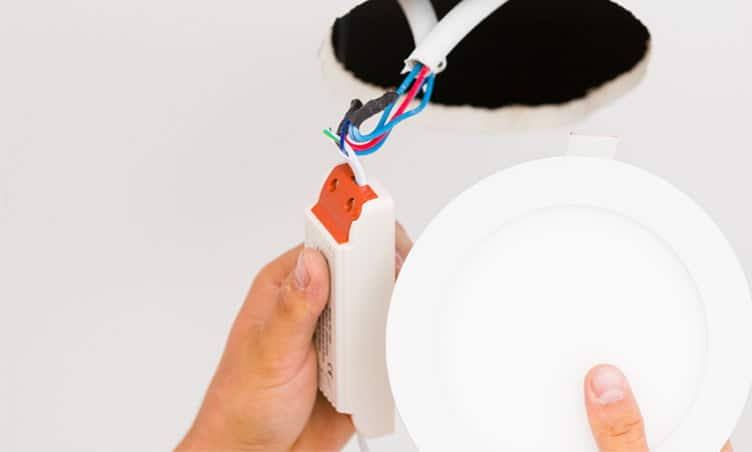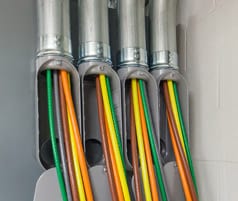TPS/PVC cables in contact with polystyrene products

TPS/PVC cable insulation can be compromised by a chemical reaction if it is in contact with polystyrene. Make sure you check the insulation is undamaged before installing this cable and always follow the cable manufacturer’s instructions.
The plasticiser in cable insulation PVC to make it flexible and tough is not chemically bonded to the PVC and will slowly leach out of the cable over time. The process of cable losing plasticisers increases when the cable is in contact with other materials, such as polystyrene and polyurethane. The leaching of the plasticiser will cause the cable’s PVC material to become harder, more brittle and prone to cracking. This could mean live conductors will be exposed, and possibly result in electric shock or fire.
It may mean that the cable becomes unsafe to work near during maintenance, repairs or building alterations, meaning that the cable may need to be replaced sooner than expected.
Typical installations where cabling was used in conjunction with polystyrene products are:

caravans

cold rooms

transportable buildings

wall or roofing insulation material
New installations


Existing installations


